Beit ed-Dine Palace: A Timeless Treasure in the Heart of Lebanon
- 07/05/2025
- Travel Guide
Nestled 850 meters above sea level in the scenic Chouf Mountains, Beit ed-Dine Palace (also spelled Beiteddine) stands as a magnificent testament... Read More
Baalbek is not just one of Lebanon’s most iconic landmarks—it’s a riddle carved in stone, a legacy of ancient engineering, and a spiritual epicenter that has fascinated historians, travelers, and archeologists for centuries. Nestled in the fertile Beqaa Valley, this ancient city boasts some of the most impressive and enigmatic structures in the ancient world.
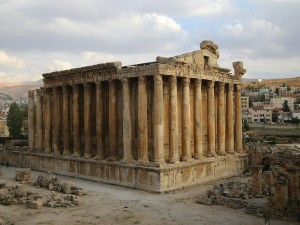
Among the greatest mysteries of Baalbek is how the colossal stones, some weighing over 1,000 tons, were moved and placed with such precision. The most famous of these is the Stone of the Pregnant Woman, which lies partially buried in a nearby quarry and is estimated to weigh around 1,000 tons—one
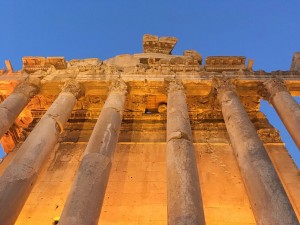
of the largest stones ever carved by human hands.
While mainstream archeologists often credit the Romans with the engineering, using traditional Roman cranes and levers, many experts question whether such technology could handle stones of this scale. Others believe the foundation stones may predate the Roman Empire, perhaps laid by the Phoenicians, or an even earlier unknown civilization. To this day, no one can say with certainty how these megaliths were transported or why such gigantic stones were used at all.
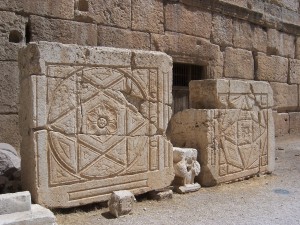
Baalbek is one of the oldest continuously inhabited cities in the world. Archaeological evidence shows that human activity in the area dates back to 9000 BCE. The city was a center for worship long before the Romans arrived, and the structures that exist today are layered over centuries of spiritual and architectural evolution.
The massive stones—especially those forming the Temple of Jupiter’s platform—are thought to have been placed around 27 BCE. But the exact origin remains disputed. The debate over whether they were placed by Romans, Phoenicians, or an even older civilization continues to this day.
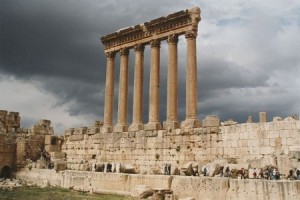
Though the Romans are widely credited for constructing the grand temples that dominate Baalbek today—namely the Temples of Jupiter, Bacchus, and Venus—many believe they built upon much older sacred sites. The Phoenicians, who worshipped the sky god Baal, are believed to have established the area as a spiritual hub, long before the Romans arrived.
The Romans turned Baalbek into Heliopolis, the “City of the Sun,” around the 1st century BCE, integrating their own gods and imperial symbolism into the already ancient foundations. The craftsmanship and scale of these temples rival even the Parthenon in Athens or the Colosseum in Rome.
The name Baalbek itself offers a clue: derived from “Baal,” the ancient sky god of the Phoenicians, the city was likely a spiritual site for celestial worship long before Roman conquest. The temples later erected by the Romans honored Jupiter, Bacchus, and Venus-but the sanctity of the site predates them.
Today, visitors still feel the power and presence of something beyond comprehension-whether spiritual, architectural, or both.
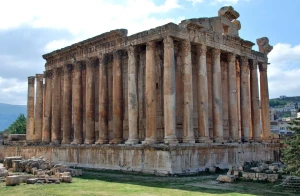
Baalbek is more than a historical site-it is a portal into human ingenuity, belief, and endurance. Here’s why every traveler should have Baalbek on their bucket list:
Whether you’re drawn by the enigma of the megaliths, the grandeur of Roman architecture, or the deep spiritual roots of the site, Baalbek is a must-see destination that continues to captivate minds and hearts around the world.
Let Baalbek challenge your understanding of history, and leave you with questions that still have no answers.